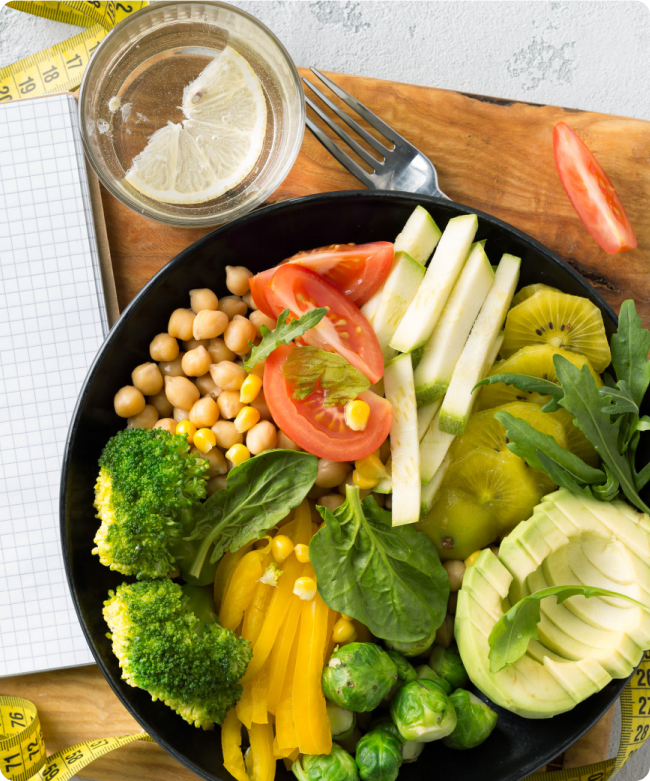Edit Content

Everything about bringing a little bundle of happiness into this world is magical. Yet with the giggles and sleep disturbances comes the great question every new mother asks: Is there enough milk in the baby? One of the most natural and beautiful means of feeding a baby is breastfeeding, but many mothers feel concerned about the amount of milk they will have to sustain after the difficult birth, such as a C-section.
The positive aspect is that nature already provided many of the solutions, and one of them is the traditional Indian foods as a supplement to breast milk. The foods are healthy, delicious, and have an air of tradition, and they are mild and effective galactagogues, Indian foods that increase breast milk production. Filled with nutrients, Indian cuisine has a host of choices that can aid new mothers in the breastfeeding process.
Breastfeeding is not just a straightforward feeding of a child but a mammoth bonding experience and health-enhancing exercise for mother and child. A mother needs approximately 500-550 extra calories per day beyond her usual intake to meet the demands of milk production. Hydration is rather significant in this aspect since water is the main constituent of milk. Consumption of as much water, herbal teas, buttermilk, etc. as possible throughout the day is healthy.
Some of these nutrients are particularly of interest during this age. Protein assists in healing the tissues and retaining energy. Iron is good against anemia, and calcium is good for mom and baby. In certain Indian foods, there are phytoestrogens, which bring about an increased production of milk within the body. Having them included in food helps increase breast milk supply and the well-being of the mothers, hence appearing and feeling well when they are taking care of their babies.


A daily balanced diet can significantly improve breast milk production. Below is an example program that incorporates the most optimal foods to consume to boost the breast milk and, at the same time, make meals taste delicious and convenient.
Begin the day with almonds soaked in water and fenugreek. For breakfast, you should enjoy a warm bath of bajra roti and methi sabzi with a glass of warm milk. In the midday, take a small portion of a juice (carrot-beetroot) and a handful of mixed nuts to maintain the energy levels.
Lunch may consist of whole wheat chapati, dal cooked with garlic, a full portion of spinach sabzi, and fresh curd. During the evening, drink fennel tea and roast makhanas (fox nuts): a nutritious snack that is crispy.
The dinner could be vegetable khichdi with a bowl of drumstick soup and paneer curry. A bedtime glass of warm milk with a pinch of turmeric and a pinch of panjiri is a calming, milk-enhancing way to end the day.
Stress cannot be laid upon hydration. Water, herbal teas, and buttermilk are used to keep the processes of milk production in the body. It is important to keep in mind that the production of breast milk is a matter of supply and demand, i.e., the more the breast is pumped and breastfed, the more milk the body is likely to produce.
Resting and stress management are rather silent but important factors. Stress or sleep deprivation can sometimes slow down the milk supply due to the delicate nature of hormones. Even laughing, taking gentle walks, or practicing light meditation can be very helpful.
Foods that are gas-producing, like cauliflower and hot foods ought to be avoided because they can inflict pain on the babies. Regarding allergies or health concerns, the best and the safest way to go will be to seek the help of the doctor or a dietitian that will enable a mom to find a more personalized piece of advice.

It is wonderful to accept nature-made milk-enhancing treasures, but it is also prudent to know what to leave behind. Caffeine from tea or coffee should be consumed in moderation, limited to no more than two or three cups per day, to avoid overstraining the body’s delicate systems. Alcohol as an uninvited guest must wait until it is completely out of the system since it may do more harm than good to both mother and baby.
Some fish are not very safe, like mackerel and swordfish, whose mercury content is concealed under the surface and can be avoided by keeping them off the table during this delicate season. And gaseous foods, such as cabbage, can cause little tempests in the baby tummy and put a dent in their harmony. It’s mild wisdom to take these in small doses, or avoid them altogether, to make motherhood as stress-free and pleasant as possible.

Nature, and more specifically Indian tradition, can offer an unlimited pantry of superfoods that can be useful for supporting new moms in their breastfeeding journey. Such foods produce milk, nourish the body and soul, and inspire pride in taking good care of the next generation.
Eat, take your time and keep in mind that this period is both self-caring and baby-caring. To receive more personal advice, visit dietitians or lactation specialists at a reputable hospital. Research and find other useful blog posts about the topic of breastfeeding tips, and look at the journey as an adventure of confidence and happiness.
Various individuals perceive it in varied ways, but the majority of new mothers begin to notice the change in their milk supply a few days / one week into the routine consumption of these foods that increase breast milk. These foods should be added to regular meals so the body gets used to them. It is not a one-night miracle but a slow, slow process to assist in milk production in the long term.
Supplements are not necessary in most instances in case a balanced diet is observed. These are breast milk stimulating foods that are rich in natural nutrients that promote lactation. Nevertheless, the body and situation of each mother are different. In case of allergy history or some health issue, or in case the milk supply is not boosted as desired, it is always prudent to seek the services of a physician. Lactation professionals or dietitians may provide individual informational support and recommend safe supplements where required.
Indeed, they can, but with certain modifications! An example of nuts can be provided, and if an allergy occurs, other seeds such as flax, sesame, or sunflower may be substituted. Not many natural food products to be used to supplement breast milk at home are non-allergenic, e.g., vegetables (carrots, spinach, and beetroot), grains (bajra and jowar), and legumes (moong dal and masoor dal). The personal allergy should ensure that the decision made is safe for the doctors at all times.
Indian cuisine is beautiful in terms of its flexibility. The majority of these superfoods can be easily included in everyday food with minimal extra effort. One can soak fenugreek seeds and place them on either parathas or dals. Fennel seeds are very relaxing as a tea. Drumstick leaves go well with soups or stir-fries of vegetables. Dals are either juiced with carrots and beetroot or cooked. Healthy and simple recipes that may aid in enhancing consumption of milk are paneer curries, methi parathas and khichdi containing moongdal. Milk warmed with a spoonful of turmeric before bed becomes a relaxing habit that makes the body produce more milk.
While there is no need for excessive concern, it is advisable to seek professional assistance if the milk supply is low, even if milk-producing foods are consumed regularly. A lactation consultant or gynecologist may provide special advice. Low supply in other cases is medical in nature, and a physician could help recommend a safe and effective line of treatment. One should remember that every mother has her own way, and professional support is the guarantee of healthy and joyful mothers and babies.
Quick Links
Subscribe Our Newlestter
Get daily inspiration, trending stories, and self-care tips crafted for her.